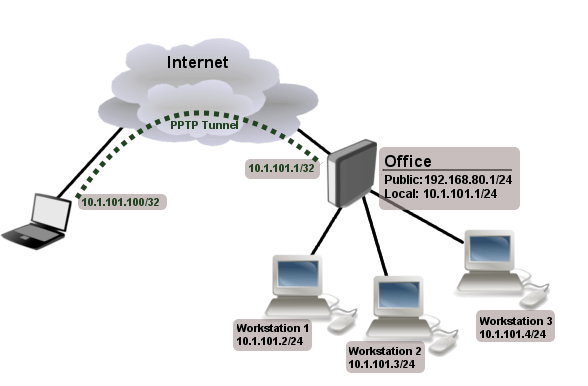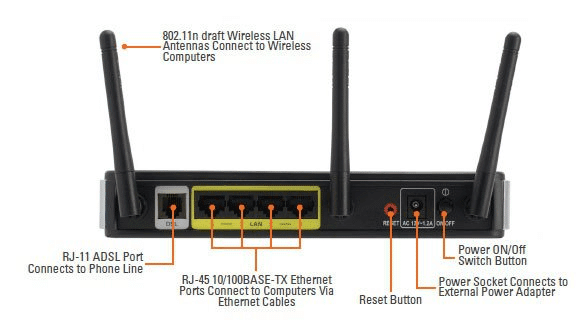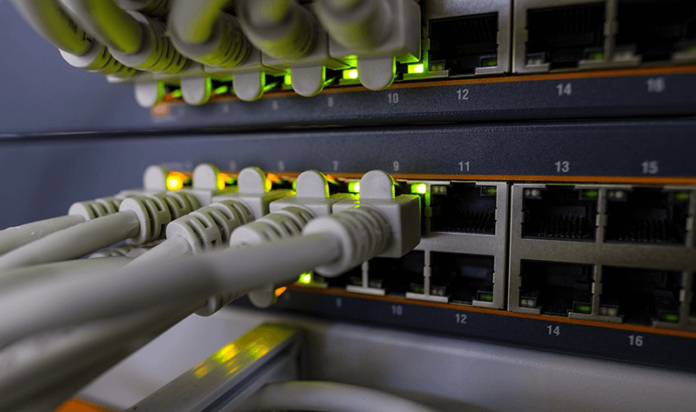Table of Contents
The internet is a vast web of interconnected networks. To access this global network, our computers and devices use various protocols to establish connections and transmit data. PPP, PPTP, and PPPoE are three foundational protocols heavily involved in facilitating internet connectivity. Let’s unravel what they are and how they work.
PPP: The Point-to-Point Foundation
Point-to-Point Protocol (PPP) is a bedrock protocol that provides a standard way for two devices to connect directly over a serial link. Think of it as the language between two devices to establish a connection. PPP handles tasks like:
- Authentication: Ensuring the identity of the device trying to connect
- Data Encapsulation: Packaging data into units (frames) for transmission.
- Error Detection: Finding errors in the transmitted data.
PPP is commonly used in dial-up connections and forms the basis for protocols like PPTP and PPPoE.
PPTP: Creating Secure Tunnels

Point-to-Point Tunneling Protocol (PPTP) builds upon PPP to create virtual private networks (VPNs). It does this by ‘tunneling’ data through the public internet, creating an encrypted, secure connection. Imagine it like a secret passageway for your data within the vastness of the internet.
PPTP found widespread use for these reasons:
- Remote Access: It allows employees to connect to their company’s network from home or on the go.
- Security: Data sent over PPTP is encrypted, protecting sensitive information.
However, be aware that more secure VPN protocols now exist due to vulnerabilities found in PPTP.
PPPoE: The Broadband Enabler

Point-to-Point Protocol over Ethernet (PPPoE) is tailor-made to deliver internet access over broadband connections like DSL and fiber. It encapsulates PPP frames into Ethernet frames. Why is this important? Ethernet is the standard for local area networks, and PPPoE makes it possible to utilize PPP’s features over this widespread technology.
Critical advantages of PPPoE include:
- Authentication: ISPs (Internet Service Providers) use PPPoE to authenticate users with usernames and passwords.
- Multiple Users A broadband connection can be shared among multiple devices in a home or business.
Which One to Choose?
The proper protocol depends on your needs:
- Basic Remote Access: If you need to establish a remote connection occasionally and security is not a significant concern, PPTP might suffice.
- Enhanced Security: Modern VPN protocols like OpenVPN or Wireguard are superior to PPTP for secure connections.
- Broadband Connection: If you have DSL or a similar broadband connection, PPPoE is likely the protocol your ISP uses to get you online.
In Summary
PPP, PPTP, and PPPoE are essential building blocks in understanding how we connect to the internet. While they might not be visible to everyday users, they are vital in network communication and data transmission.


